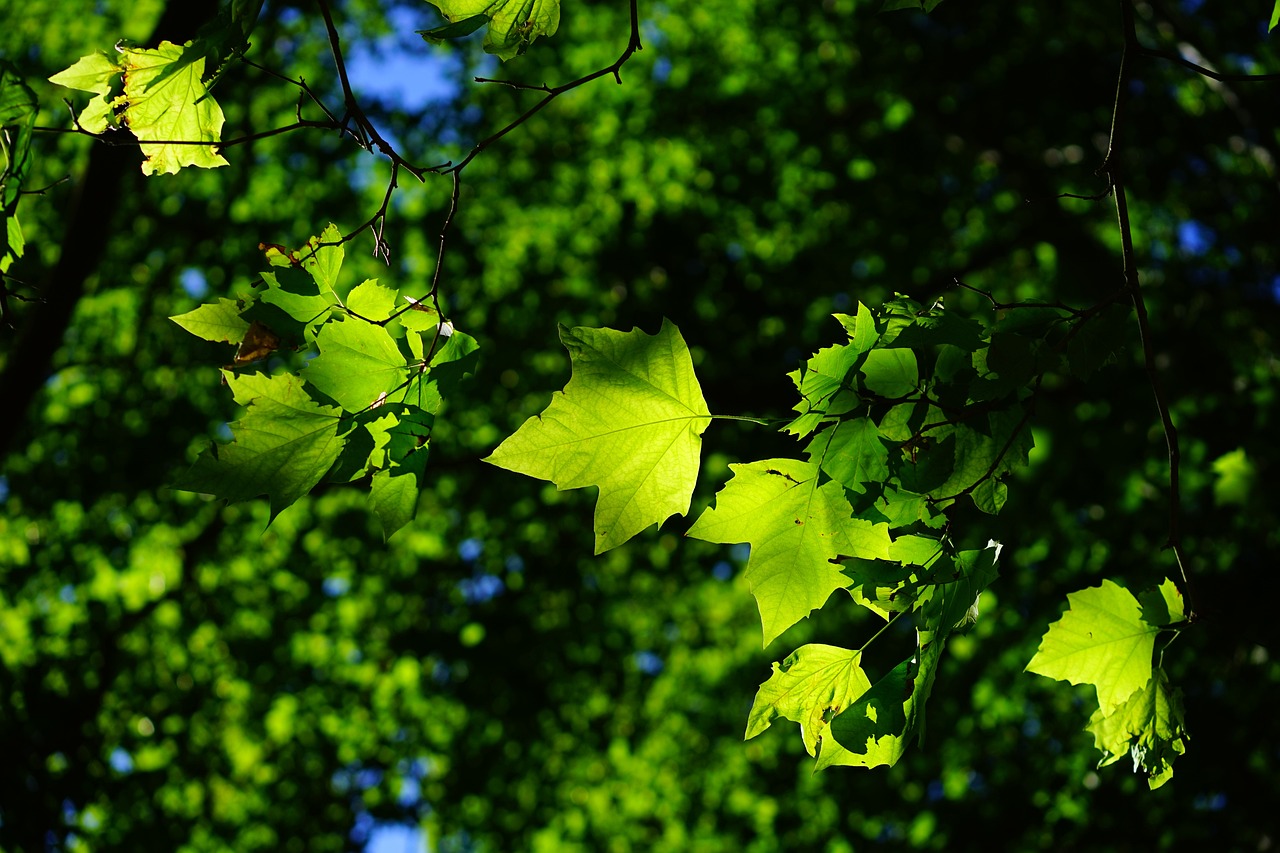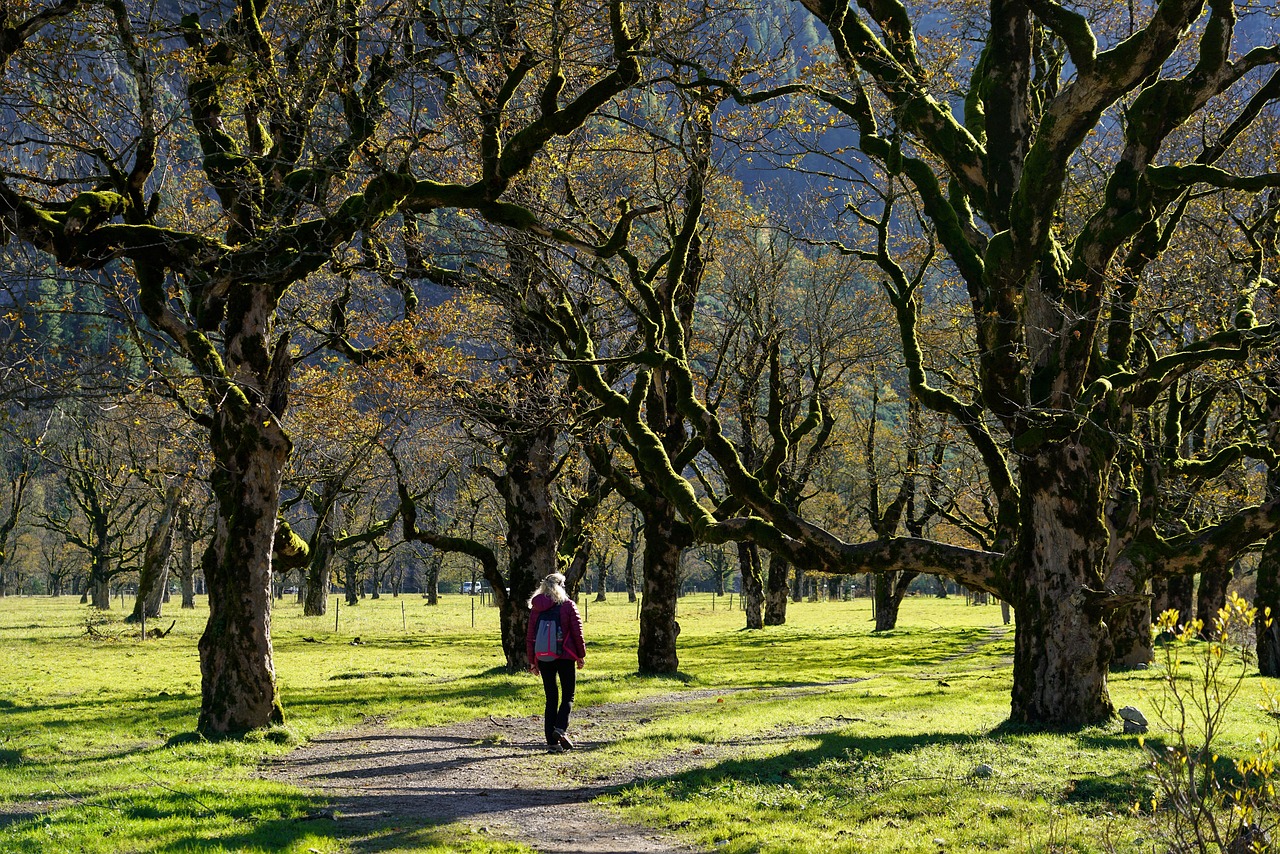Sycamore trees are commonly found in a variety of environments, primarily thriving in moist, well-drained soils along riverbanks, floodplains, and wet lowlands. They are prevalent in temperate regions of North America and Europe, often favoring areas with ample sunlight and room for growth.
Sycamore trees, known scientifically as Platanus occidentalis, are notable for their distinctive bark and broad canopy. These trees can grow to significant heights, often exceeding 100 feet, and they are characterized by their large leaves and unique, mottled bark. The sycamore’s adaptability to different soil types makes it a resilient species, but it has specific preferences that enhance its growth and health.
Understanding where sycamore trees flourish is essential for conservation efforts, urban planning, and landscaping. These trees play a vital role in their ecosystems, providing habitat for various wildlife and contributing to soil stability along waterways. To appreciate the sycamore’s role fully, one must consider the environmental factors that support its growth.
Preferred Environments of Sycamore Trees

Sycamore trees prefer specific environmental conditions that cater to their growth requirements. Below are some key factors influencing their preferred habitats:
- Soil Type: Sycamores thrive in loamy or sandy soils rich in organic matter. They prefer well-drained soils but can tolerate poorly drained conditions.
- Moisture: These trees require consistent moisture, often found in floodplains or near water bodies. They can withstand temporary flooding but do not thrive in extended saturated conditions.
- Sunlight: Sycamores need full sun to partial shade for optimal growth. They typically flourish in open areas where they receive at least six hours of direct sunlight each day.
- Temperature: These trees are most comfortable in temperate climates. They can survive cold winters but prefer a mild climate with warm summers.
In terms of geographical distribution, sycamore trees have a broad range across North America and parts of Europe. They are commonly found along the eastern United States, from southern Maine down to northern Florida and westward to Texas. In Europe, sycamores thrive in countries like England and France.
| Region | Common Locations |
|---|---|
| North America | Along rivers, floodplains, and wetlands |
| Europe | Near streams and open spaces in temperate regions |
The ability of sycamore trees to adapt to various environments makes them a vital component of many landscapes. Their presence not only enhances biodiversity but also supports the health of surrounding ecosystems. Recognizing their preferred locations can guide efforts in planting and preserving these magnificent trees in suitable habitats.
As urban areas expand, understanding the sycamore’s needs becomes increasingly important. Planting these trees in appropriate locations ensures their survival and the benefits they provide to our environment. Through careful planning and consideration of their preferred conditions, sycamore trees can continue to thrive for generations to come.
Ecological Benefits of Sycamore Trees
Sycamore trees are more than just striking features in landscapes; they offer a wide range of ecological benefits that contribute to the overall health of their environments. Understanding these benefits is crucial for appreciating their role in various ecosystems.
Habitat for Wildlife
Sycamore trees provide essential habitats for numerous species. Their large canopies and sturdy branches create ideal nesting sites for birds, while the tree’s bark offers shelter for various insects. Additionally, the foliage serves as food for many herbivorous creatures.
- Birds: Species such as woodpeckers, owls, and songbirds often use sycamores for nesting and roosting.
- Mammals: Small mammals, including squirrels and raccoons, find refuge in the hollow trunks and dense branches.
- Insects: A variety of insects are attracted to sycamores, including beetles, caterpillars, and aphids, which in turn support bird populations.
Soil Erosion Control
The extensive root systems of sycamore trees play a vital role in preventing soil erosion. By stabilizing the soil along riverbanks and floodplains, they help maintain the integrity of these ecosystems. This is particularly important in areas prone to flooding, where sycamores can absorb excess water, reducing runoff and protecting water quality.
Water Quality Improvement
Sycamore trees contribute to improved water quality in their surroundings. Their roots filter pollutants and sediments from stormwater runoff before they enter waterways. This natural filtration process helps maintain the clarity and health of rivers and streams, benefiting aquatic life.
Cultural Significance and Historical Usage
Throughout history, sycamore trees have held cultural significance in various societies. They have been admired not only for their beauty but also for their utility. Many indigenous peoples utilized sycamores for different purposes, reflecting their importance in human culture.
Uses in Traditional Medicine
Various parts of the sycamore tree have been used in traditional medicine practices. For example, the leaves and bark have been employed to create remedies for ailments such as skin irritations and respiratory issues. While modern science may not fully support these uses, they highlight the tree’s historical significance in healing practices.
Wood Utilization
The wood of the sycamore tree is valued for its durability and workability. It is often used in furniture making and cabinetry due to its attractive grain and resistance to warping. Furthermore, sycamore wood is commonly used for making musical instruments, such as drums and woodwind instruments.
Challenges Facing Sycamore Trees
Despite their resilience, sycamore trees face several challenges that threaten their survival. Recognizing these challenges is crucial for conservation efforts and ensuring these magnificent trees continue to thrive.
Pests and Diseases
Sycamores are susceptible to various pests and diseases that can impact their health. Some common threats include:
- Sycamore Anthracnose: A fungal disease that causes leaf blight and can lead to defoliation.
- Powdery Mildew: A fungal issue that coats leaves with a white powdery substance, affecting photosynthesis.
- Insect Infestations: Pests like aphids and bark beetles can weaken trees by feeding on their sap and damaging the bark.
Urbanization Impacts
As urban areas expand, sycamores face habitat loss due to development. This can lead to fragmentation of their populations, making it more difficult for them to thrive. Urban stressors such as soil compaction, pollution, and limited access to water also pose significant challenges.

Addressing these challenges requires concerted efforts from communities, conservationists, and urban planners alike. By understanding the needs of sycamore trees and the environments they thrive in, we can work towards ensuring their future in both natural settings and urban landscapes.
Sycamore Tree Propagation and Planting Techniques

Understanding how to propagate and plant sycamore trees is essential for those interested in enhancing their local environments. Proper techniques ensure healthy growth and longevity of these majestic trees. Below, we explore various methods of propagation and best practices for planting sycamores.
Propagation Methods
There are several effective methods for propagating sycamore trees, each with its advantages. The most common methods include:
- Seed Propagation: Sycamore seeds are small, winged, and can be collected from mature trees in the fall. They should be stored in a cool, dry place until spring when they can be planted directly in the ground or started in pots.
- Root Cuttings: In late winter or early spring, healthy roots can be cut from existing sycamores. These cuttings can be planted in moist soil, where they will develop new shoots.
- Softwood Cuttings: During the growing season, softwood cuttings of young branches can be taken. These cuttings should be placed in a moist medium to root and grow into new trees.
Best Practices for Planting Sycamore Trees
When planting sycamore trees, several best practices should be followed to ensure their successful establishment:
- Choose the Right Location: Select a site with ample sunlight and well-drained soil, preferably near water sources where the tree can thrive.
- Prepare the Soil: Clear the planting area of weeds and debris. Loosen the soil and enrich it with organic matter to promote healthy root growth.
- Planting Depth: Dig a hole that is twice as wide and deep as the root ball of the tree. Position the tree so that the root flare is at soil level.
- Watering: After planting, water the tree thoroughly. Regular watering during its first year is crucial for establishing roots.
- Mulching: Apply a layer of mulch around the base of the tree to retain moisture and suppress weed growth. Ensure that mulch is not piled against the trunk.
Maintenance Requirements for Sycamore Trees
To ensure sycamore trees grow strong and healthy, proper maintenance is essential. Regular care helps prevent diseases and promotes vigorous growth.
Watering Needs
During the first few years after planting, sycamores require consistent moisture. While they prefer wet conditions, it is important to monitor soil drainage to avoid waterlogging. Once established, they are more drought-tolerant but still benefit from periodic watering during dry spells.
Pruning Techniques
Pruning is vital for maintaining the shape and health of sycamore trees. Proper pruning techniques include:
- Timing: The best time to prune sycamores is late winter or early spring before new growth begins.
- Removing Dead or Diseased Wood: Regularly inspect for damaged branches and remove them to prevent disease spread.
- Thinning Crowded Branches: To improve airflow and sunlight penetration, thin out crowded branches without over-pruning.
Pest and Disease Management
Monitoring for pests and diseases is crucial for maintaining the health of sycamore trees. Regular inspection allows for early detection and intervention. Some recommended management strategies include:
- Cultural Practices: Maintain good hygiene by clearing fallen leaves and debris that can harbor pests.
- Natural Predators: Encourage beneficial insects like ladybugs that prey on aphids.
- Pesticides: If infestations occur, consider using targeted pesticides as a last resort to minimize harm to beneficial species.
By implementing effective propagation techniques, planting strategies, and maintenance practices, individuals can contribute to the health and sustainability of sycamore trees in their environments. These efforts play a significant role in preserving the ecological benefits these trees provide.
Environmental Impact of Sycamore Trees

Sycamore trees play a significant role in enhancing environmental health. They contribute to the ecological balance in their habitats by providing shade, improving air quality, and supporting biodiversity. Understanding their environmental impact further emphasizes the importance of conserving and planting sycamores in various locations.
Carbon Sequestration
One of the most critical environmental benefits of sycamore trees is their ability to sequester carbon dioxide. As they grow, these trees absorb CO2 from the atmosphere, helping mitigate climate change. The larger and older a sycamore tree becomes, the more carbon it can store, making mature trees particularly valuable in this regard.
Air Quality Improvement
Sycamores improve air quality by filtering pollutants and dust from the air. Their large leaves capture particulate matter, which is essential in urban areas where air pollution levels can be high. Additionally, through photosynthesis, they release oxygen, contributing to a healthier atmosphere.
Habitat Restoration
Planting sycamore trees can be a crucial part of habitat restoration efforts. Their presence supports various wildlife species and promotes biodiversity. In areas where sycamores have been removed or diminished, reintroducing them can help restore ecological balance, allowing other flora and fauna to thrive.
Community Engagement and Education
Engaging local communities in the planting and care of sycamore trees can foster a sense of stewardship and responsibility for the environment. Educational programs can help raise awareness about the benefits of these trees and the ecological roles they play.
Tree Planting Initiatives
Communities can organize tree planting initiatives that focus on sycamores. These events not only beautify local landscapes but also provide opportunities for residents to learn about proper planting techniques and tree care. Partnerships with schools, environmental organizations, and local governments can enhance these efforts.
Workshops and Information Sessions
Hosting workshops on the benefits of sycamore trees and how to maintain them can empower individuals with knowledge. Topics could include:
- Identifying Healthy Trees: Teaching participants how to recognize healthy sycamore trees and understand their growth patterns.
- Pest Management: Providing information on sustainable practices for managing pests and diseases that affect sycamores.
- Environmental Benefits: Discussing the ecological advantages of planting sycamores and how they contribute to community well-being.
Final Thoughts
In summary, sycamore trees are not only beautiful elements of many landscapes but also vital components of healthy ecosystems. Their preferred environments along riverbanks and floodplains highlight their unique adaptability to moisture-rich soils. By understanding their ecological benefits, propagation methods, and maintenance needs, we can ensure that these remarkable trees continue to flourish.
The conservation of sycamore trees is essential for sustaining biodiversity, enhancing air quality, and combating climate change. Community involvement in planting and caring for these trees fosters environmental awareness and promotes a deeper connection between individuals and nature.
As we move forward, it is crucial to prioritize the preservation and cultivation of sycamore trees in both urban and natural settings. Through collective efforts, we can secure a brighter future for these magnificent trees and the ecosystems they support.
